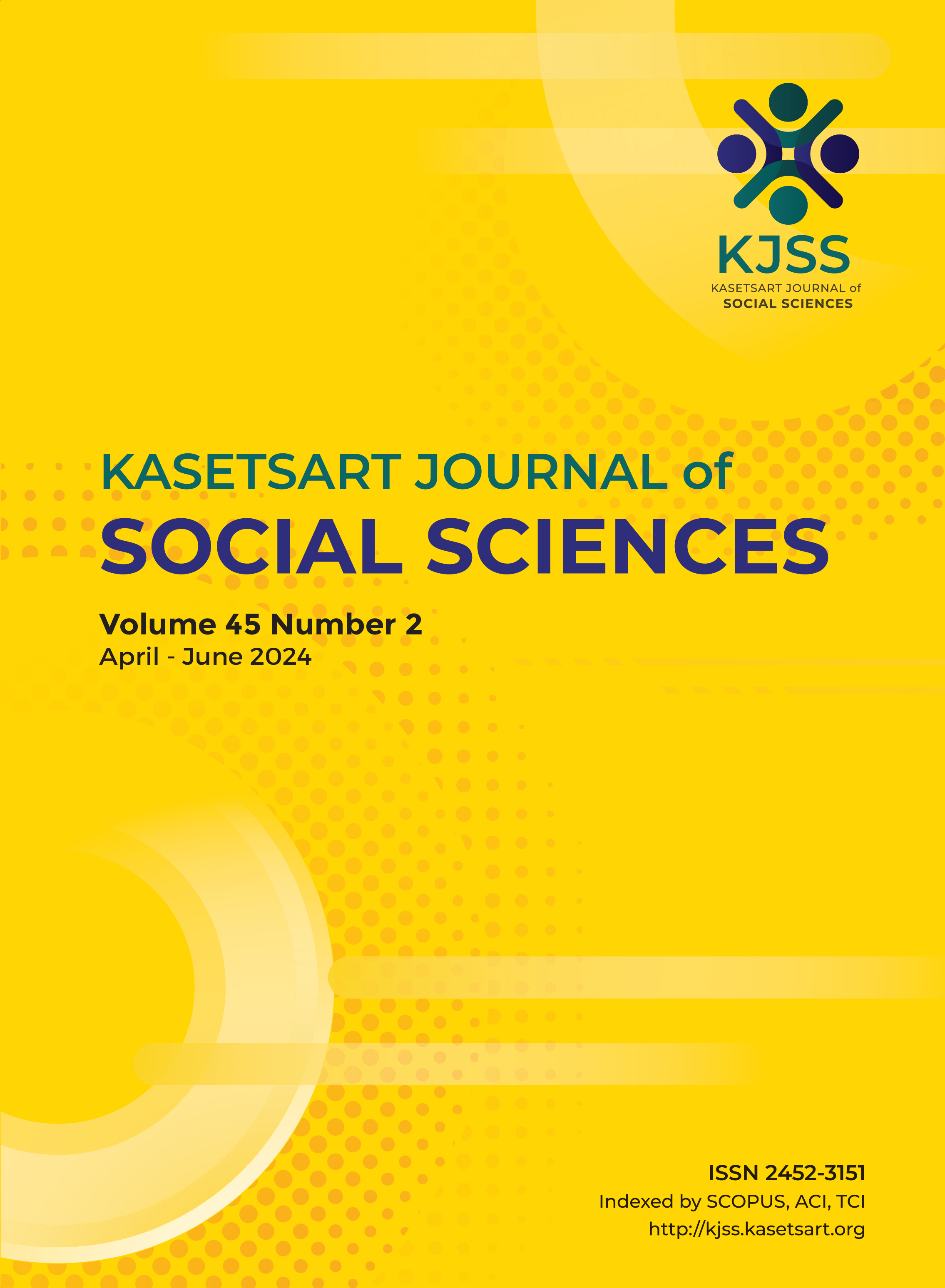The role of Eastern Java in the global spice trade network during the ancient period to the 17th century
Keywords:
ancient period, eastern Java, Southeast Asia, spice tradeAbstract
The historiography of the Indonesian spice trade and routes places eastern Indonesia in a special position. Almost all historical studies are often discussed and concluded about eastern Indonesia, especially Maluku and the surrounding areas, as the primary spice producers and the vital node of the Southeast Asian spice trade network. Studies on archaeological data from the ancient period show that eastern Java had a significant involvement in the spice trade. This article aims to describe the role of eastern Java in the spice trade from the ancient period to the 17th century. The method used is historical research by exploring ancient sources from inscriptions, temple reliefs, and ancient literary texts from libraries and museums. Previous studies published in various books and journals are also used as references. Based on research results, spices from the eastern Java outback are transported to the city ports and traded globally. The city ports are essential to support the spice route network in eastern Java (i.e., Tuban, Gresik, and Surabaya). Those eastern Java port cities have formed global trade networks, especially in Southeast Asia.
Downloads
Published
How to Cite
Issue
Section
License
Copyright (c) 2024 Kasetsart UniversityThis is an open access article under the CC BY-NC-ND license http://creativecommons.org/licenses/by-nc-nd/4.0/










